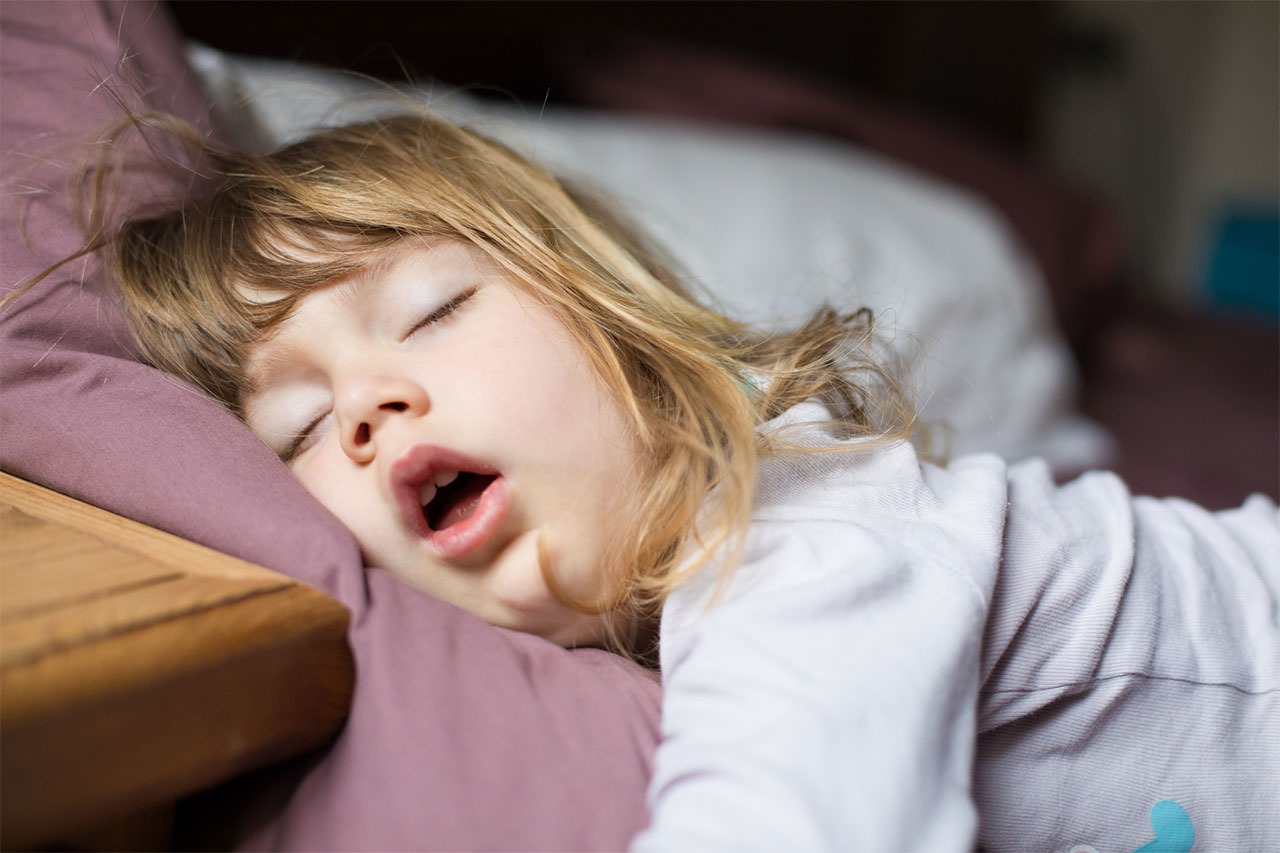
Sleep as we all know is vital to human wellbeing per se and more so in children. If a child does not sleep well ,it can lead to serious health concerns.
' Sleep-disordered breathing' (SDB) is a syndrome of upper airway dysfunction during sleep that is characterized by mouth breathing and/or snoring, increased respiratory effort and frequent arousals which lead to poor quality of sleep in a child.
The extreme end of the spectrum can be "Obstructive Sleep Apnoea" which needs to be taken care of in children as it had serious health concerns.
Obstructive sleep apnoea (OSA) is defined as pauses in breathing during sleep, that frequently occur with snoring ,mouth breathing and occasional gasping which can cause a drop in child's oxygen levels because of disrupted breathing.
OSA occurs in 1% to 5% of all children which means that around “20 million” children worldwide are affected.
Why does it happen?
In adults Obesity is the commonest cause (58%) of OSA but,
In children the most common associations of obstructive sleep apnoea in are "large tonsils and adenoids". Enlarged tonsils and adenoids can become a problem when a child's throat relaxes during sleep because they can block air flow.
What are the other symptoms?
- Laboured breathing while sleeping?(a pause between breaths, gasping for a breath)
-Very restless sleep and sleeping in unusual positions
-Daytime sleepiness or behavioural problems
-Poor weight gain, failure to thrive.
-Bed wetting
Sometimes apnoea can affect school performance
How to Diagnose?
-Consult your Paediatric ENT Specialist for an in-depth examination.
-Paediatric Pulmonology or General Paediatric Consultation
- Polysomnography, commonly known as a sleep study, is a test used to diagnose sleep disorders.
How do we address the concern?
The management protocols followed worldwide depend on the severity and type OSA.
Surgical:
- Cobalation Tonsillotomy ( reducing and not removing the tonsils)
- Removal of Adenoids & Tonsils
Others:
-CPAP ( A mask and machine system)
- Weight Reduction
-Management of other medical comorbidities.